Research Week 2023: Discoveries That Rewrite the History of Human Evolution
RW2023 keynote speaker Dr. biol. Janet Kelso on the genomes of our extinct ancestors, the role of bioinformatics, and the excitement of experiencing a revolution in sequencing technology.
Next to the Max Planck Institute for Evolutionary Anthropology in Leipzig, Germany, there is a pond where students take an involuntary dip after receiving their PhD. Last October the tradition was extended when Professor Svante Pääbo, the founding director of the institute, was congratulated for being awarded the 2022 Nobel Prize in Physiology or Medicine with a chilly dip.
Since 2004, Dr. biol. Janet Kelso has been Professor Pääbo’s close ally in discoveries concerning the genomes of extinct hominins. At first, they were working on the DNA of the great apes trying to understand what sets modern humans apart from our living relatives. Then the team moved on to the Neanderthal Genome Project, sequencing the genome of our extinct relatives. It’s been quite a voyage of biological discoveries, including the discovery of previously unknown hominins – the Denisovans. Driven by the massive technological development in DNA sequencing, an entirely new scientific discipline has evolved, paleogenomics. The findings within this discipline require our textbooks to be constantly updated. ‘We already know a lot about human history from archaeology and anthropology, but recently genetics has provided a wonderful boost to the field,’ says Kelso. The members of the team consider themselves rather lucky since the Max Planck Society and the European Research Council believed in and supported their ambition to sequence ancient DNA. At the moment, the future seems exciting for paleogenomicists! ‘And the Nobel Prize certainly doesn’t hurt,’ Kelso smiles, giving this interview from her headquarters in Leipzig.
On March 27, Kelso will be opening Rīga Stradiņš University’s (RSU) Research Week 2023 with a keynote speech on modern and ancient humans and how understanding this can help us in the future.
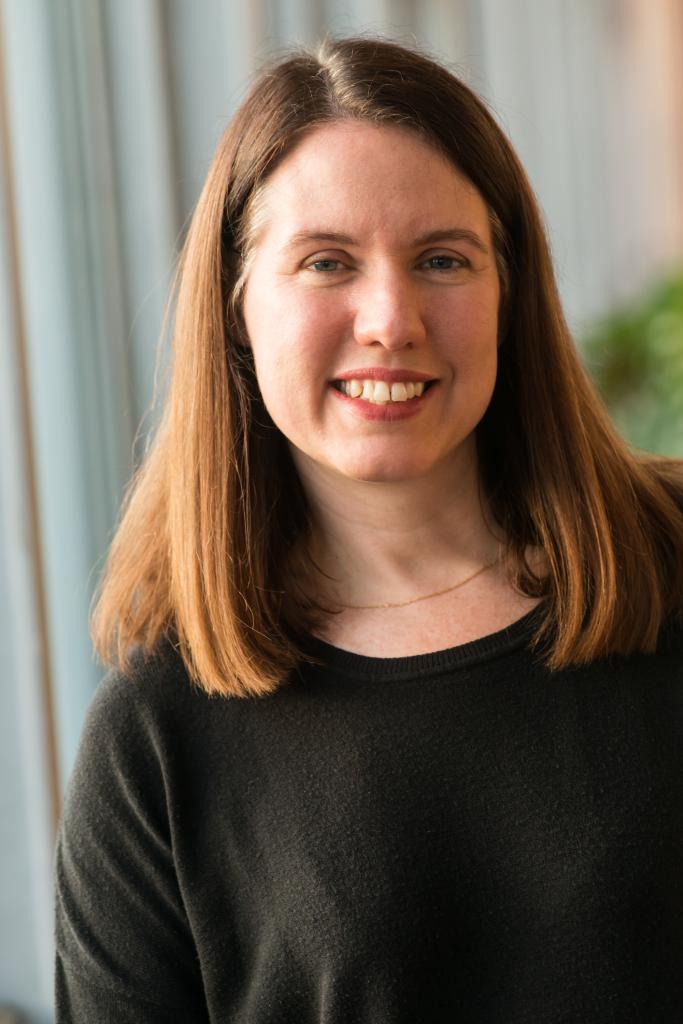
Janet Kelso runs the Research Group for Bioinformatics at the Max Planck Institute for Evolutionary Anthropology. Photo credit: Max Planck Institute for Evolutionary Anthropology
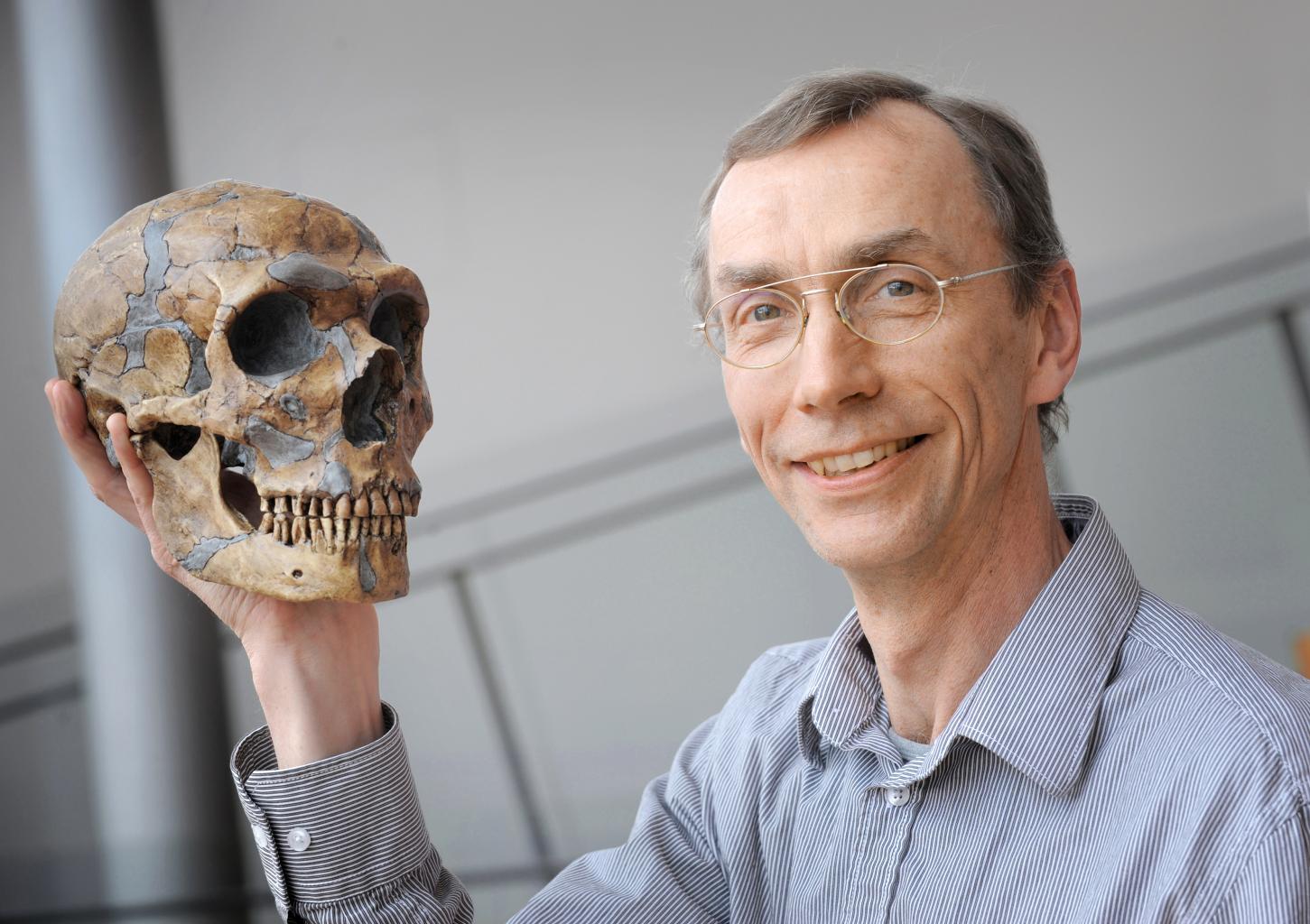
Last October Professor Svante Pääbo, the founding director of the institute, won the Nobel Prize for the discoveries in paleogenomics. Photo credit: Frank Vinken for Max Planck Society
Your bachelor’s degree is biology, your master’s is in chemical pathology, and you have a PhD in bioinformatics. What was the path that led you to choosing science, and these particular subfields?
I've always been into science. My parents encouraged me to explore widely and I was interested in nature and animals, but I didn't really know what I wanted to study. I started out studying basic biology because I wasn't really sure what I was interested in. Along the way, as one goes to university and begins to interact with researchers, I realised that what really interested me was molecular biology and genetics.
At that time, we still didn't have genome sequences or DNA sequences from almost any organisms. I was interested in how one could use DNA to understand human biology and to understand molecular evolution and human origins. And so, I studied molecular biology and biochemistry – I was sort of getting the toolbox of skills together that are needed for the interpretation of data.
As I came towards the end of my degree time, I realised that there was a need for computational approaches in molecular biology. Genome sequencing was becoming more common, and it was obvious that it wouldn’t be possible to investigate and analyse DNA sequences manually, which had been the standard practice up until then. So, I got interested in computational biology and then did my PhD in bioinformatics.
I'm South African and I studied and finished my PhD in South Africa. My thesis advisor Winston Hide was the first person to be doing bioinformatics in South Africa. He set up a new institute and had a number of students. We were the first cohort of bioinformatics students in South Africa. After finishing my postdoc, I moved to Germany.
Bioinformatics seems to be a well-developed field in Germany.
Yes, Germany has a very strong culture of computational biology and has contributed in a number of domains. For example, a number of researchers were involved in the international project to sequence and analyse the Human Genome. Over time, I think that it has also become more common for biology students to learn informatics as part of their training. This was not always the case, but it certainly is now. Many of the graduate students that join our institute have a reasonably good background in at least some aspects of the computational analysis of DNA sequences.
What does it feel like to be a part of a field that is developing so dynamically at the moment?
It's extremely exciting! I'm very excited to have landed in this field somewhat by luck. I moved to Germany to work on comparative genomics, but at that point there was only a very small amount of ancient DNA sequence data available for Neanderthals, and no obvious way to retrieve whole nuclear genomes. So, we were working on chimpanzees and bonobos, trying to understand what sets modern humans apart from our living relatives – the great apes. Then I got the opportunity to work on the Neanderthal genome. It's been a very exciting 15 years since we started working on that.
Driven by the massive technology development in DNA sequencing, the field itself has progressed in leaps and bounds. Without these technologies we would not be able to reconstruct ancient genomes. This is because the DNA that we obtain from ancient bones or teeth is usually very fragmented, and because the vast majority of the DNA is actually often from microbes rather than from the original owner of the bone or tooth. It is therefore necessary to sequence millions or even billions of DNA fragments in order to recover enough DNA to reconstruct an ancient genome. This only became possible with the advent of new sequencing technologies.
The past 15 years have seen a massive technological development in DNA sequencing. What could the next 15 years bring in this field?
I'm scared to even try and make a prediction, because things have changed so fast. DNA comes in long pieces, in whole chromosomes. The longer the sequences you can generate are, the more accurately you can reassemble genomes and understand their function. There's a lot of work being put now into optimising read length and accuracy. For the field of ancient DNA these developments are unfortunately not so helpful because the DNA that we get from fossil material is typically fragmented into really small pieces. What we are more interested in are developments that increase the number of DNA fragments that can be sequenced simultaneously as this brings the cost of sequencing down, and may make it possible to sequence less well-preserved specimens. I really don’t know what the future will bring, but I’m sure it will be exciting.
Your department explores ancient species. We are talking about samples as old as 400,000 years. How accessible are they?
In our department we are particularly interested in extinct forms of humans – Neanderthals, Denisovans, and other, even potentially older humans. Our access to the skeletal remains of these archaic humans is usually through collaborations with archaeologists and museum curators who are interested in doing genetic analyses of the specimens that they have collected. More recently, one of my colleagues, Matthias Meyer, has also been successful in developing techniques for retrieving human DNA from the ancient sediments. This opens up the possibility to study sites where we don't have a lot of bones, or where the bones and teeth are very valuable and difficult to sample.
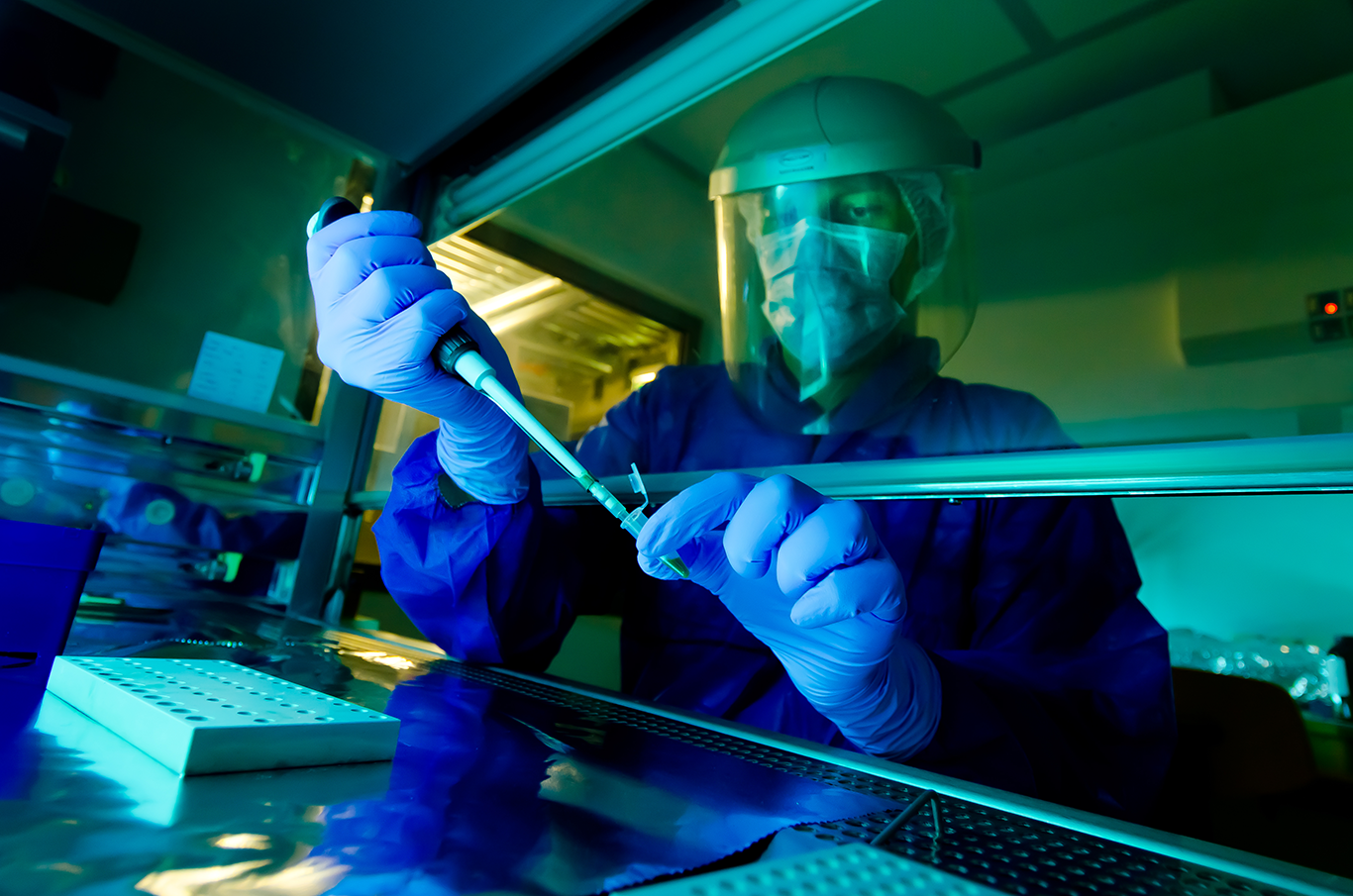
Matthias Meyer at work in the clean laboratory at the Max Planck Institute for Evolutionary Anthropology. Photo credit: Max Planck Institute for Evolutionary Anthropology
All of that is part of an entirely new scientific discipline – paleogenomics, which was pushed forward by your institute, led by Svante Pääbo. Together you have succeeded in sequencing the genome of the Neanderthal, but also discovered a previously unknown hominin, Denisovans. How does it feel to be responsible for the need to rewrite history books?
[Laughs] It's amazing! A really fun time. Although, I think it is very frustrating to be someone teaching this field, because there's a new paper every week and you have to keep updating your notes both regarding technologies and discoveries.
The discovery of the Denisovans, a previously unknown hominin, was really a very lucky find. Denisova Cave is a really beautiful place in the Altai mountains where new fossils are continually being identified. When our collaborators who are excavating at Denisova cave sent us that small finger bone, we expected that it would be from a Neanderthal or perhaps from a modern human. However, sequencing of DNA extracted from the bone showed that it was neither Neandertal nor modern human, but rather that it was from a previously unknown hominin – from a group we now call the Denisovans. From their genomes we know that the Denisovans were a sister group to the Neanderthals but with their own independent history. Although the fossil remains of Denisovans are still rather sparse, we have direct evidence for their presence in Siberia as well as on the Tibetan plateau, and we think they were likely widespread across Asia.
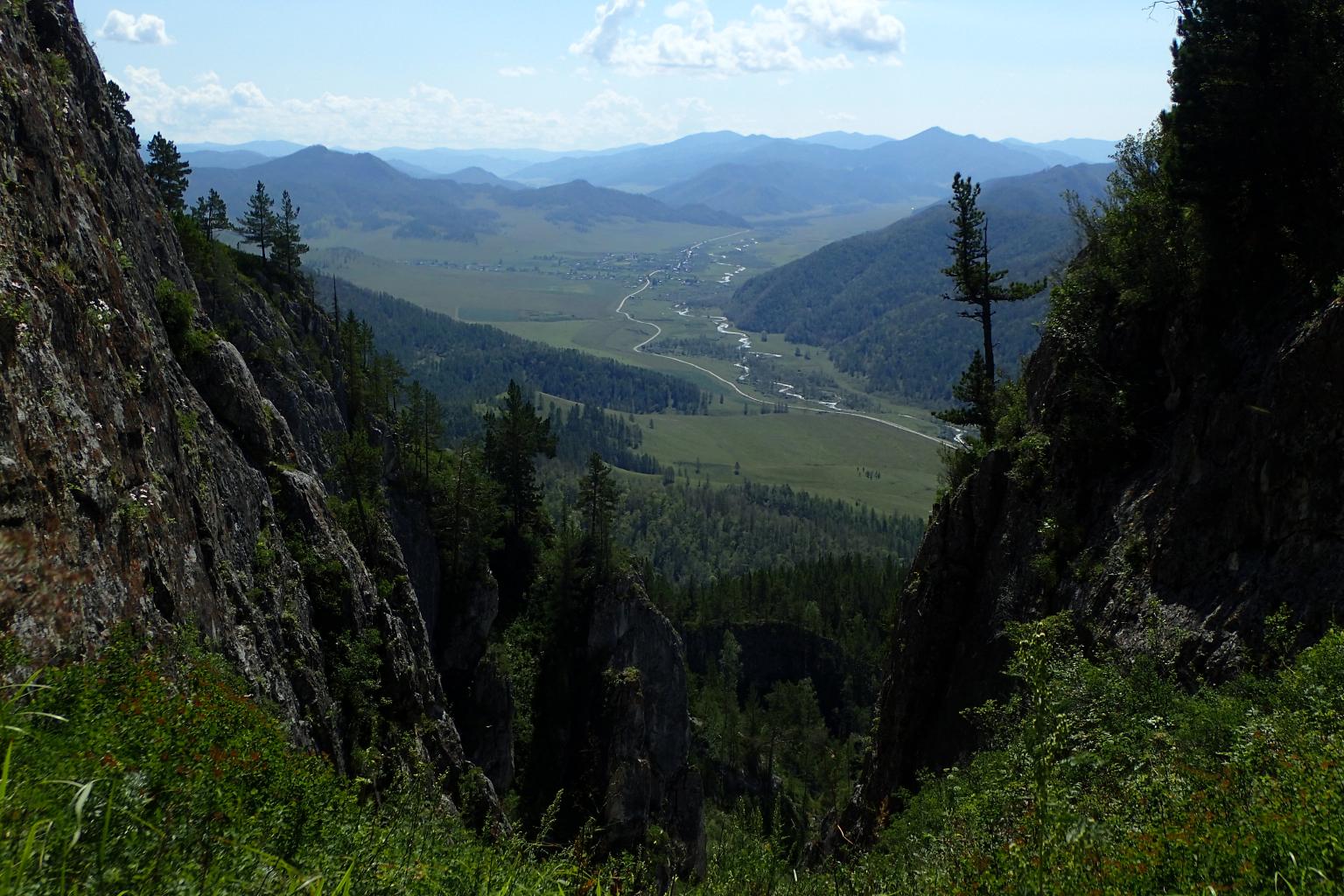
View from Denisova Cave of the Anui River Valley. Photo credit: Richard G. Roberts
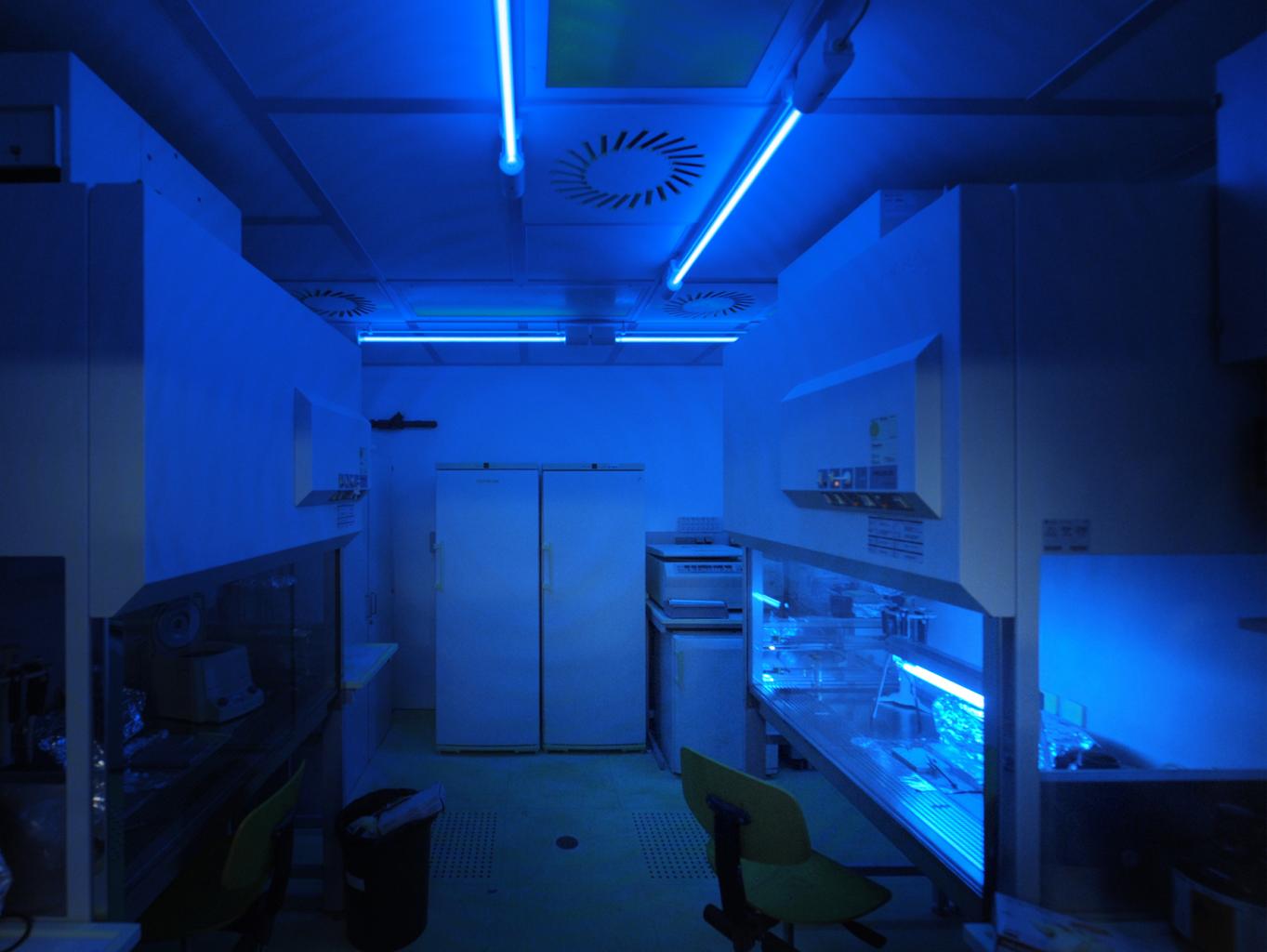
The clean laboratory dedicated to ancient DNA work at the Max Planck Institute for Evolutionary Anthropology. Photo credit: Frank Vinken for Max Planck Society
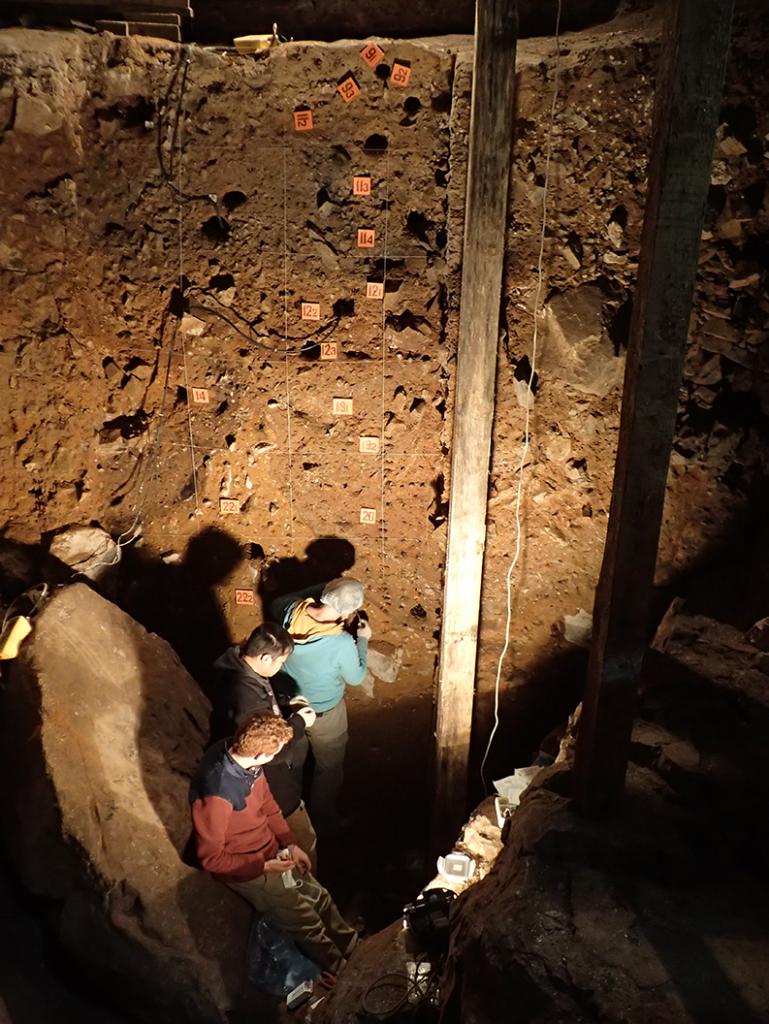
Zenobia Jacobs, Bo Li and Kieran O'Gorman collecting sediment samples in the Main Chamber. Photo credit: Richard G. Roberts
Why would you say that it’s important to dig this deep into the past?
I think we are interested in understanding our own history. Before we had genome sequences from Neanderthals, we were not certain if Neanderthals were the direct descendants of modern humans, or whether we were cousins that descended from a common ancestor. Genome sequence data shows that we share a common ancestor with the Neanderthals 500,000-600,000 years ago, and that they were our cousins, not our direct ancestors.
Genomic information has also allowed us to learn that there was interbreeding between Neanderthals and the ancestors of non-Africans, and also between Denisovans and some groups of modern humans in Asia and Oceania. By seeing in which people living today we can find Neanderthal DNA and Denisovan DNA, and by looking at how that DNA is distributed, we've learned about the movements of modern humans as they spread out across the world. We've also learned about the functional adaptations that our ancestors had to make when they entered new environments.
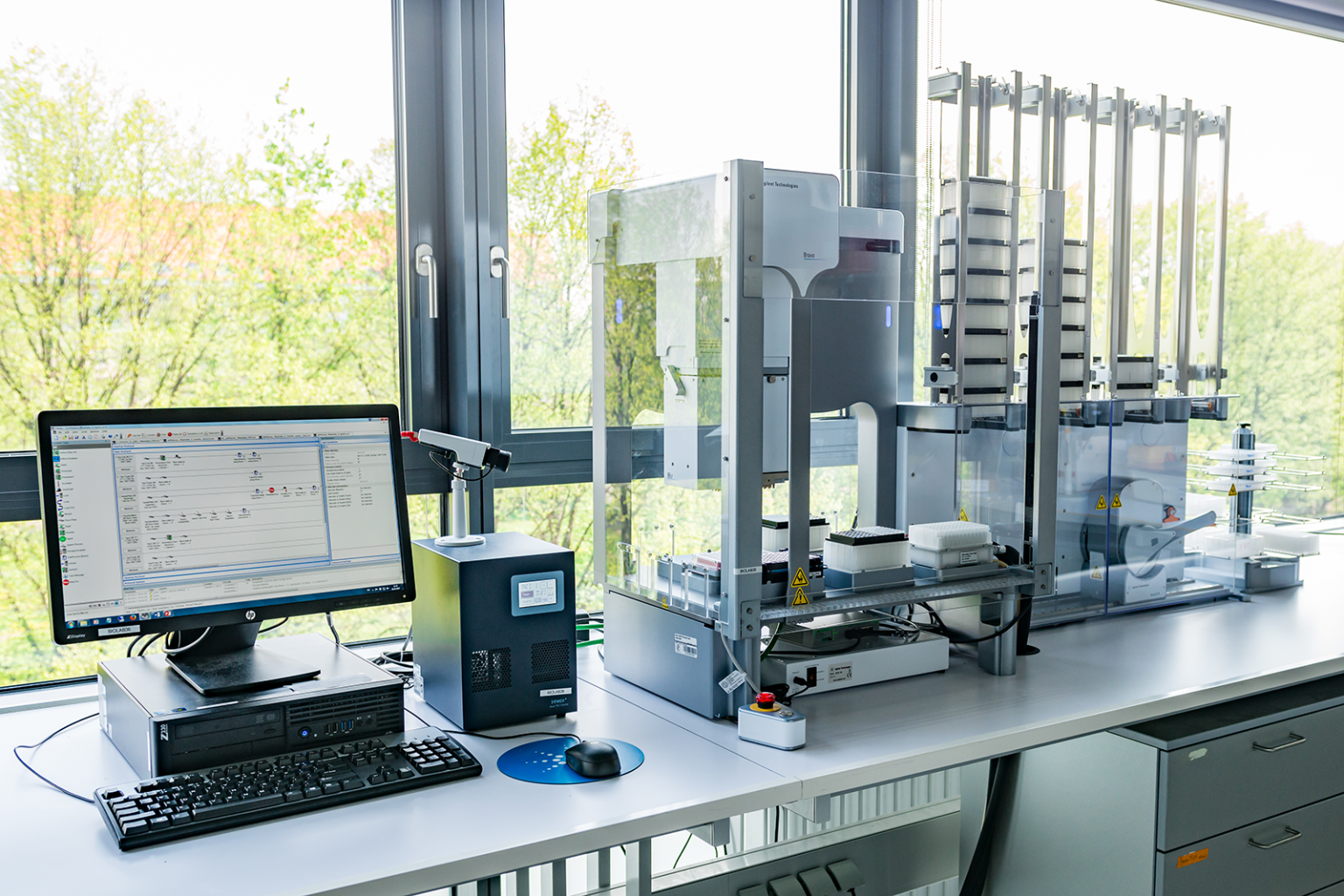
The automation of laboratory procedures to generate DNA libraries and isolate DNA by hybridization capture enabled the processing of multiple sediment samples in parallel. Photo credit: Max Planck Institute for Evolutionary Anthropology
Digging this deep into the past not only tells us about ancient humans, but also about us and the origins of some of our genetic diversity.
The Max Planck Institute for Evolutionary Anthropology is a grand and very influential institution. What is the role of your scientific group within it?
Our institute is comprised of six interdisciplinary departments and several research groups. I run the the Research Group for Bioinformatics, which is part of the Department of Evolutionary Genetics led by Svante Pääbo. The research groups in our department form a highly multi-disciplinary team and we all work very closely together on different aspects of the recovery, sequencing and analysis of ancient DNA. My group is involved in developing the software and analysis pipelines for the reconstruction and analysis of the genomes.
We are very collaborative team which is, I think, one of our strengths. Generating these genomes requires a very multidisciplinary approach, and by involving people from different backgrounds, like chemists, biochemists, molecular biologists, engineers, and physicists, we can each tackle the problem with our own expertise and move forward quite quickly.
Like ancient species, modern day scientists also migrate a lot, I believe. How international is the team at the institute?
I couldn't even tell you how many different nationalities we have here, but it's extremely international. Just in my group we have members from France, Germany, Italy, South Africa, and the USA. As this is a training institute we have many PhD students and postdocs, who spend some years here before moving on to their next position. People come and go all the time. So not only is it very multidisciplinary, but also multinational, which is wonderful.
Speaking of another very multidisciplinary and multinational entity, RSU Research Week, could you sketch out what your keynote is going to be about?
I’d like to start by giving an overview of the field and the historic background on what we’ve learned about Neanderthals and Denisovans. For some years, my particular interest has been to understand patterns of mixture between Neanderthals and modern humans, and Denisovans and modern humans. I will look at what this tells us about the movements of modern humans and what functional implications this mixture has for people living today.
The conferences and other events held within our Research Week bring together cross-disciplinary scientists, students, and stakeholders from within the governmental and NGO sector, various associations and so on. You are also known not only for your work at the institute, but also for your work at the International Society for Computational Biology (ISCB). This most likely often takes time from your evenings or weekends. What do you get out of it?
I have been involved in the ISCB for a number of years and value very much the energy and open culture of this community of computational biologists. It feels good to contribute in some way. In particular, the ISCB has a very active student group that organises many initiatives and events. I enjoy working with the students in those groups and also with my own students here at the institute. I see this as an investment in the future development of the field.
Related news
 Sustainable ideas and an innovation bootcamp in Vienna – RSU students invited to apply for the Green Hexagon programmeRSU Alumni, For RSU Employees, For Students, Innovation
Sustainable ideas and an innovation bootcamp in Vienna – RSU students invited to apply for the Green Hexagon programmeRSU Alumni, For RSU Employees, For Students, Innovation


